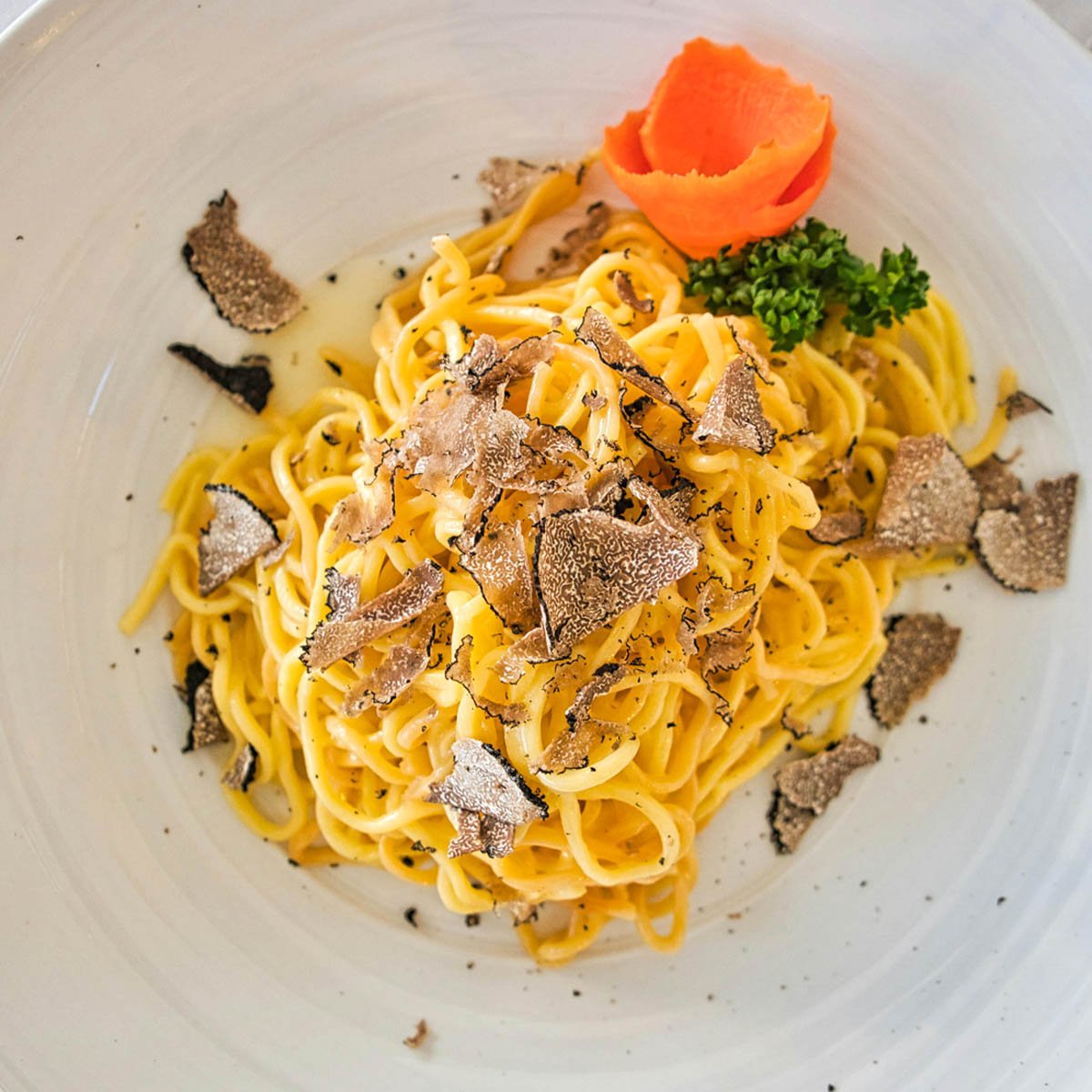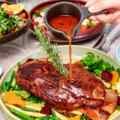Table of Contents
A Delicacy Beneath the Soil
What is a truffle? Until recently, I couldn’t have told you much beyond the vague notion that it was a prized ingredient. I’d seen them shaved over pasta in fine-dining restaurants, heard whispers of their exorbitant prices, and seen truffle oil hyped on menus. But the actual origin of this elusive fungus felt like something out of a food fairy tale: hidden deep in forest floors, sniffed out by specially trained pigs or dogs, and served in paper-thin slices to rapturous acclaim.

Fungus, Not Chocolate: Clarifying the Confusion
Let’s get something out of the way—when we talk about truffles in this context, we’re not referring to the round chocolate confections you might find in a gift box. Real truffles are a type of subterranean fungus that grow in symbiosis with the roots of trees, particularly oaks and hazelnuts. They are irregular in shape, knobby and earthy, and famously difficult to cultivate. Their scarcity, combined with their distinct, musky aroma, is what makes them so valuable.
The Science of Aroma and Flavor
What sets truffles apart isn’t how they look, but how they smell. Their pungent, earthy scent, described by some as nutty, garlicky, or even slightly animalistic, has captivated chefs and diners alike. The aroma intensifies as they ripen underground, and that volatile bouquet is what elevates simple ingredients like eggs, potatoes, or pasta into luxurious fare. Truffles are best enjoyed fresh, thinly shaved over hot food to release their full fragrance.
A World of Varieties
There isn’t just one type of truffle. The most revered include the white truffle from Alba in Italy and the black Périgord truffle from France. Each has its own season, flavor profile, and price tag. White truffles are more delicate and aromatic, typically used raw. Black truffles can withstand some cooking and have a deeper, more robust flavor. You may also encounter summer or burgundy truffles, which are more accessible but milder.

Finding Truffles
Though I’ve never seen a truffle being found, the stories are legendary. Harvesters head into wooded areas at dawn, dogs trotting beside them, snouts twitching. Unlike pigs—who historically rooted up the truffles and often ate them—dogs are easier to train and less destructive. The moment a dog pauses and digs is when the magic begins: the careful extraction of something unseen, something buried and ancient, something delicious.
Why Is Truffle So Expensive? A Price Tag Rooted in Rarity
Truffles aren’t just pricey—they’re among the most expensive ingredients in the culinary world. Their value depends on species, season, and origin. The most expensive are Italian white truffles (Tuber magnatum), which can fetch over $4,000 per pound, especially during peak season in late autumn. Next come French black Périgord truffles (Tuber melanosporum), typically ranging from $800 to $1,500 per pound. Summer truffles and burgundy truffles, while still luxurious, are more affordable at around $200 to $400 per pound. The high cost reflects their unpredictable harvest, short shelf life, and the labor-intensive process required to find them. When you’re paying for a truffle, you’re paying for nature’s scarcity, and centuries of culinary reverence.

Truffle Products: Oils, Salts, and Beyond
Not everyone can afford fresh truffles, which is why the market is full of truffle-enhanced goods. Truffle oil, truffle butter, truffle salt—these offer a taste of the luxury at a fraction of the price. However, be cautious: many of these items use synthetic compounds to mimic the truffle’s natural scent, which can be overwhelming and artificial. Still, when used with restraint, they can give your home cooking a rich boost.
A Taste Worth the Hunt
Despite their high price and mythic status, truffles have an oddly humble origin: born underground, reliant on trees and animals, found by human intuition and canine noses. So, what is a truffle? It’s the flavor of the forest, a fleeting seasonal treasure, and a reminder that some of the world’s finest pleasures are still foraged, and not manufactured.

Want to Learn More?
Follow us on social media for truffle recipes, ingredient spotlights, and kitchen tips that bring gourmet flavors to everyday meals. From choosing the best truffle oil to mastering elegant yet simple dishes, our posts are filled with inspiration for curious cooks and seasoned food lovers alike. Join the conversation, ask questions, and find out more about truffles with us, one post at a time.




























